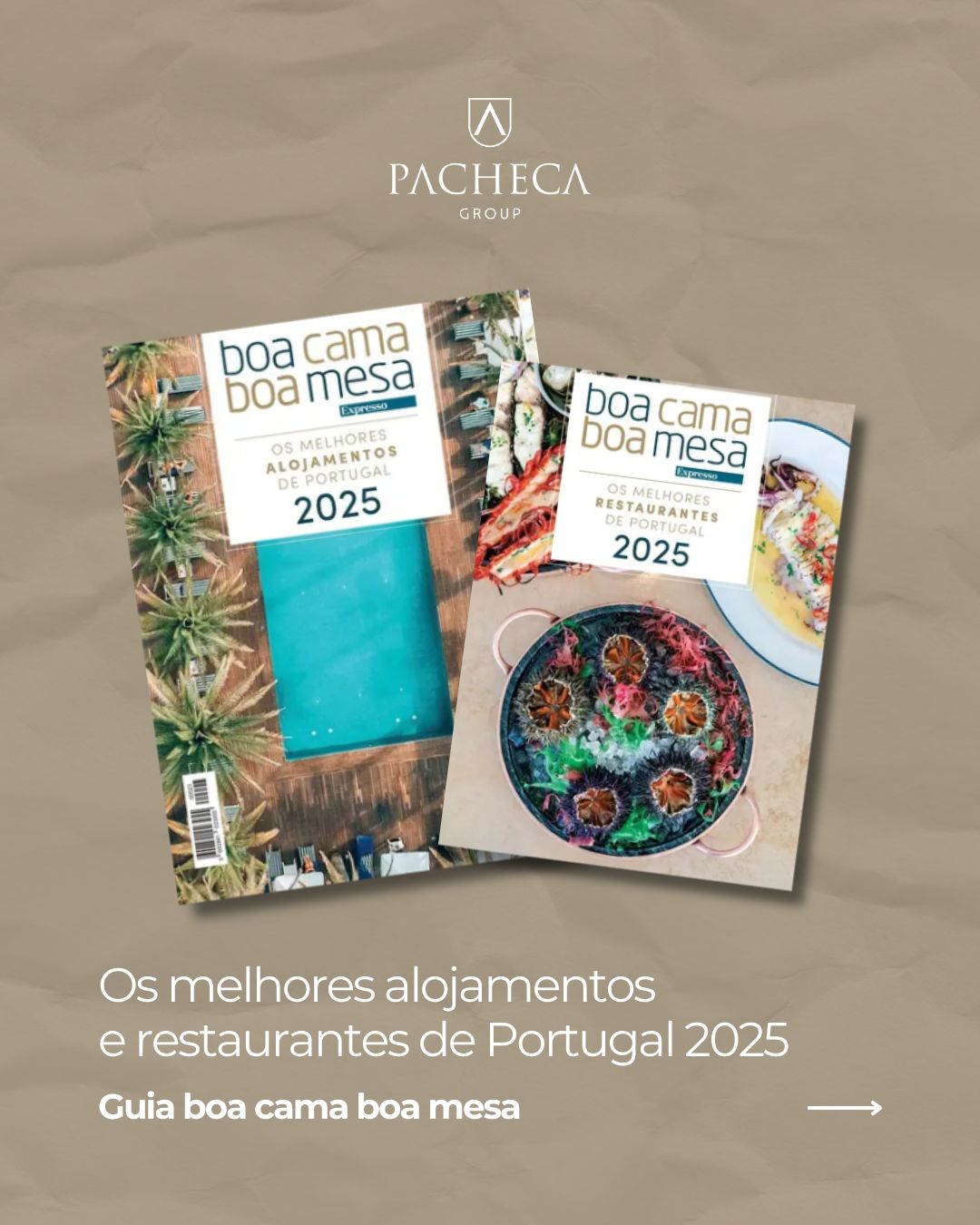Colheita Tardia: a arte de produzir vinhos doces
A expressão "colheita tardia" é amplamente utilizada no mundo do vinho para descrever um método de produção específico, no qual as uvas são colhidas mais tarde do que o habitual, ou seja, são uvas que permanecem propositadamente nas videiras, geralmente durante várias semanas após a colheita normal. Desta técnica resultam vinhos com características únicas e distintas, que oferecem uma experiência sensorial muito diferente aos apreciadores.
De facto, a vindima tardia é uma estratégia utilizada pelos produtores de vinho para criar vinhos doces, fortificados, ricos em sabor e complexos. Geralmente, as uvas destinadas a esta vindima permanecem nas vinhas por um período mais longo, sendo colhidas, por exemplo, em novembro ou dezembro, após o seu ponto normal de maturação. Este fator ocorre porque, durante este tempo adicional, as uvas acumulam mais açúcar e, por isso, desenvolvem características únicas. Este processo é chamado de desidratação da baga da uva. Em geral, o momento ideal para a colheita tardia dependerá do tipo de uva e das condições climáticas da região onde são cultivadas. Normalmente, as uvas permanecem nas vinhas até atingirem as características desejadas, que podem variar de acordo com o estilo de vinho a produzir.
Uma das principais influências na colheita tardia é a ação do fungo “Botrytis cinérea”, conhecido como “podridão nobre”. Em certos climas, sobretudo os húmidos, este fungo pode desenvolver-se nas uvas, perfurando as suas cascas e permitindo a evaporação da água, o que concentra ainda mais os açúcares e os aromas. A presença deste fungo confere maior complexidade aos vinhos, com notas de mel, flores e frutos cristalizados, por exemplo. Por este motivo, os vinhos produzidos a partir de uma vindima tardia são normalmente classificados como excelentes vinhos para acompanhar sobremesas ou para degustação.
Em relação aos métodos de vinificação, a colheita tardia envolve uma seleção criteriosa das uvas, garantindo que apenas as melhores e mais saudáveis sejam utilizadas. Após a vindima, as uvas são prensadas delicadamente para que todo o sumo doce e concentrado seja extraído e, posteriormente, fermentado. Durante a fermentação, é importante que este processo seja interrompido antes de todo o açúcar ser convertido em álcool, de forma a preservar a doçura característica do vinho. Além de harmonizarem bem com o clima, estes vinhos devem ser consumidos frescos, geralmente entre os 10ºC e os 12ºC, para uma melhor experiência.
O nosso protagonista neste âmbito é o Pacheca Colheita Tardia, um vinho DOC Douro produzido a partir da vinificação da casta Sémillon, colhida em condições de sobrematuração e podridão. Este vinho branco tardio, com uma cor excecionalmente vibrante, apresenta aromas com notas de mel e frutos secos, bem como uma ligeira acidez. Na boca, a combinação de doçura e acidez está em perfeita harmonia, tornando-o num verdadeiro néctar do Douro tardio!
Ver mais +
A vindima tardia é, portanto, uma prática cuidadosa e meticulosa, que exige conhecimento e experiência dos produtores de vinho para alcançar os melhores resultados. Ter a oportunidade de apreciar um vinho de colheita tardia é descobrir um processo único que oferece um ótimo equilíbrio entre doçura, acidez e complexidade de sabores, tornando-o, de facto, uma escolha perfeita para momentos especiais e ainda melhor quando harmonizado com sobremesas requintadas.




